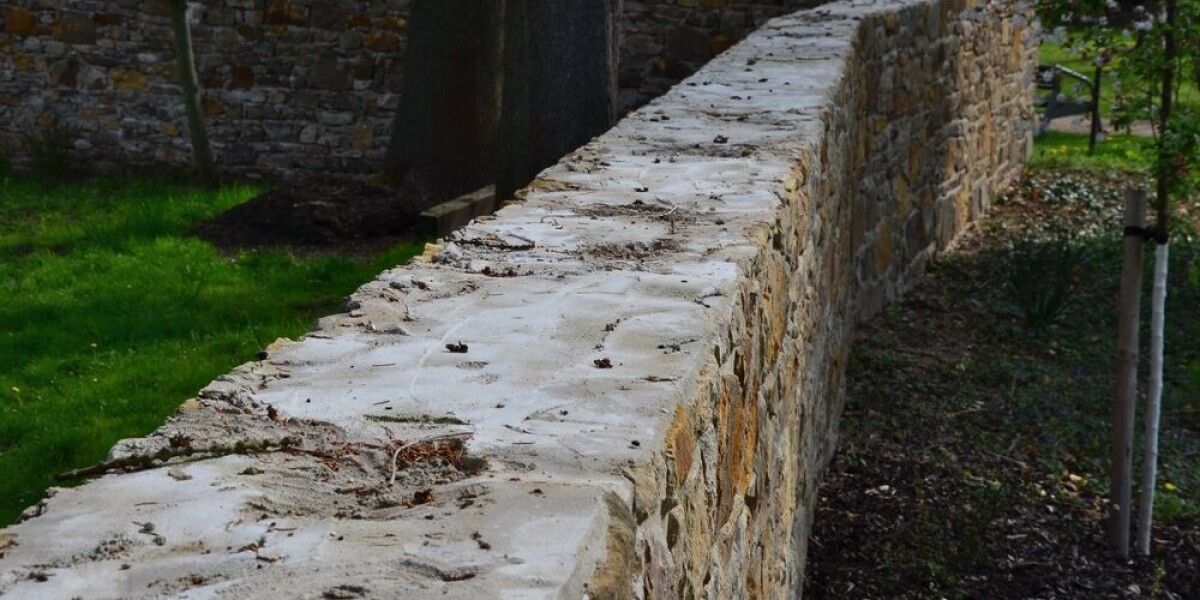Play all audios:
SHARED WALLS EXIST IN BOTH RURAL AND URBAN AREAS AND DO NOT NEED TO BE A CERTAIN LENGTH OR MADE FROM SPECIFIC MATERIALS READER QUESTION: THERE IS A WALL BETWEEN MY HOUSE AND MY NEIGHBOURS
THAT I WANT TO MAKE HIGHER. IS IT POSSIBLE TO DO THIS, OR DO I NEED TO ASK PERMISSION? AND HOW DO I KNOW WHO OWNS THE WALL? A dividing wall (_mur mitoyen_) is a common sight at the boundary
of two French properties but there are a number of rules regulating how they are used. While it may be possible to build on them, it depends on the circumstances, and a number of factors
need to be taken into account before construction can begin. WHAT COUNTS AS A DIVIDING WALL? A dividing wall (or party wall) is designated in the French Civil Code as a wall with
_mitoyenneté_, or shared ownership. The wall must be situated at the border between two different properties, for example, straddling the border of different owners’ courtyards, gardens, or
fields. It can also refer to a wall between two adjoining houses. Under article 653 of the Civil Code, any wall that meets these conditions is presumed to be a _mur mitoyen_,unless it can be
proven otherwise that it only has one owner, for example because they have a deed that shows it as belonging entirely to them. These walls can exist in both rural and urban areas, and do
not need to be a certain length or made from specific materials. If you are unsure whether a wall is private or shared, one avenue is to look closely at the local _cadastre_ property maps
(used by the tax services) for your commune. These are often available online. Some cadastral plans have specific information on party walls, otherwise look to see if the wall appears to be
precisely along the dividing line between the two properties. If in doubt, it is also possible to have a process called_ bornage_ (boundary marking) undertaken by a surveyor (_géomètre
expert)_, with the agreement of your neighbour. Otherwise it is advisable to seek help from a mediator (conciliateur de justice). In the case of _murs mitoyens_, any upkeep and maintenance
is the shared responsibility of the two owners, on their share of the wall. READ MORE:WHO OWNS THE BOUNDARY WALL OF OUR FRENCH PROPERTY? IS IT POSSIBLE TO RAISE THE WALL? According to
article 658 of the Civil Code, you can increase the height or thickness of the wall without your neighbour’s permission, with the additional part of the wall being privately owned by
yourself and entirely your responsibility. However, if the neighbour incurs any expenses as a result you should reimburse him or her, the law states. It also states that the neighbour has
the right to obtain ownership of their half of the additional wall by paying half of the costs. If a wall is damaged during any work however, it is the responsibility of the person building
the wall to repair it and cover the costs. CAN I BUILD A DIVIDING WALL MYSELF? It is possible to build a dividing wall between two pieces of land, if you have a notarised agreement called a
_convention de mitoyenneté_, and your neighbour’s written permission. You will also need to make sure the wall complies with the local planning rules – to do this it is best to ask your
mairie. You may also need a work permit (_permis de construire_) or work declaration (_déclaration préalable de travaux_) depending on the size of the wall. RELATED ARTICLES HOW CLOSE TO MY
NEIGHBOUR’S FENCE CAN I BUILD A SHED IN FRANCE? LOUD FROGS SPARK NEIGHBOUR ROW: HOW TO HANDLE NOISE PROBLEMS IN FRANCE

